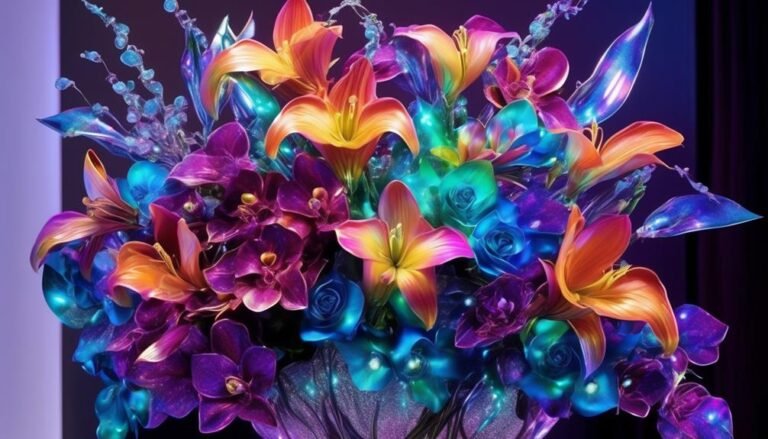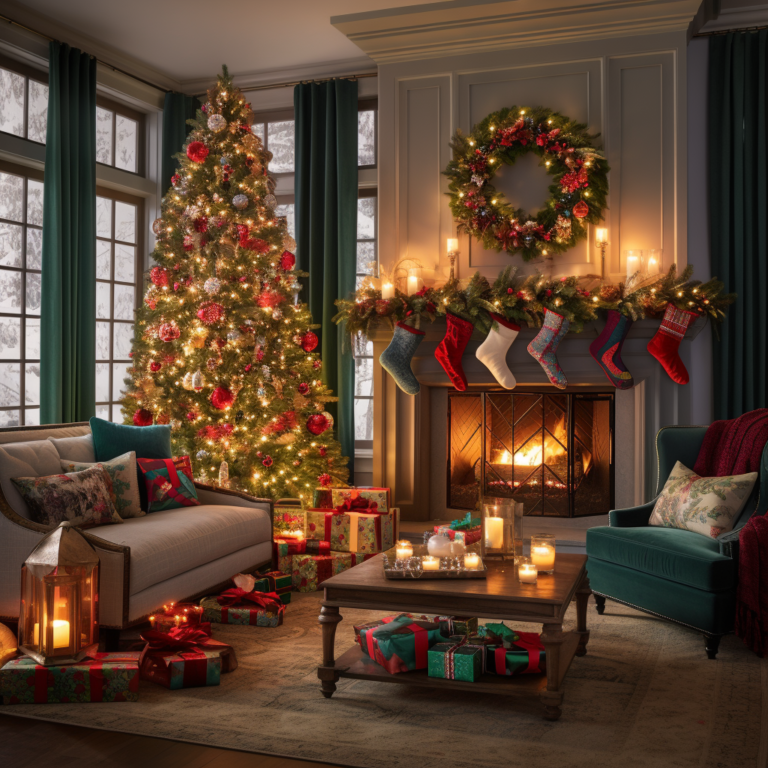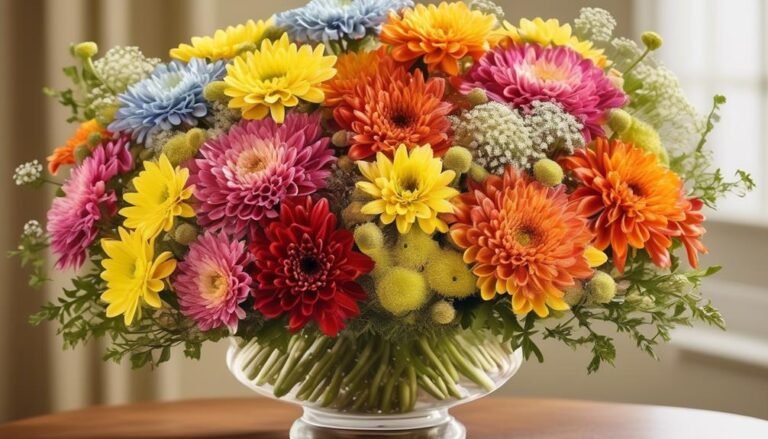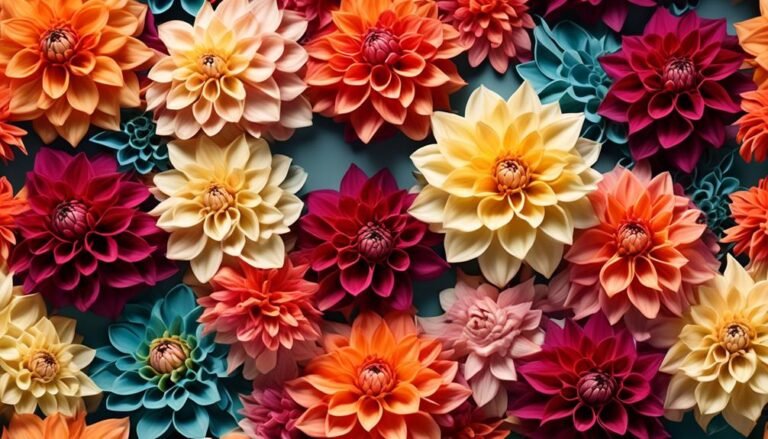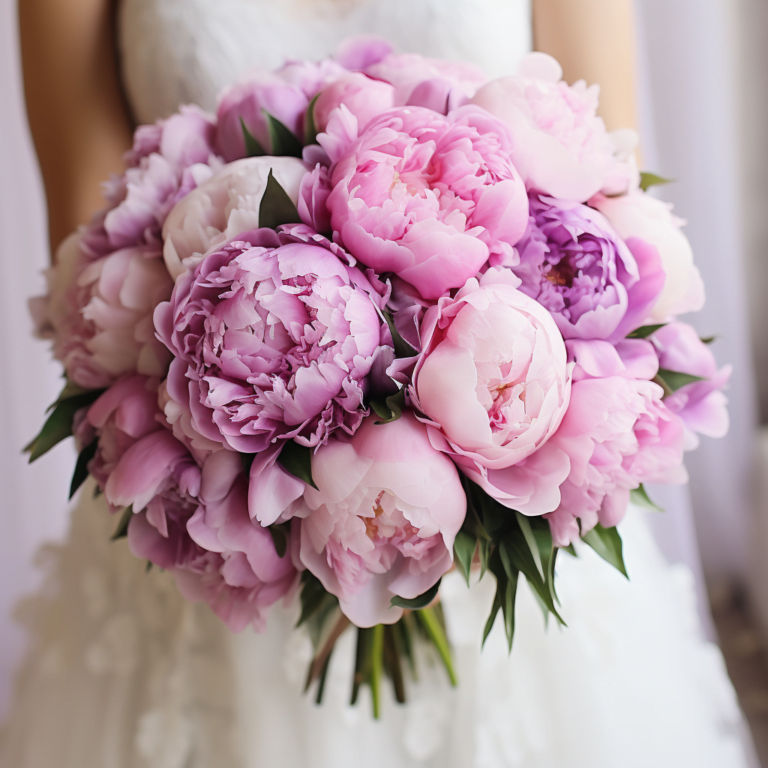Christmas Trees – Popular Types of Christmas Trees and How to Look After Them
Christmas Trees – Best Types of Christmas Trees This Year
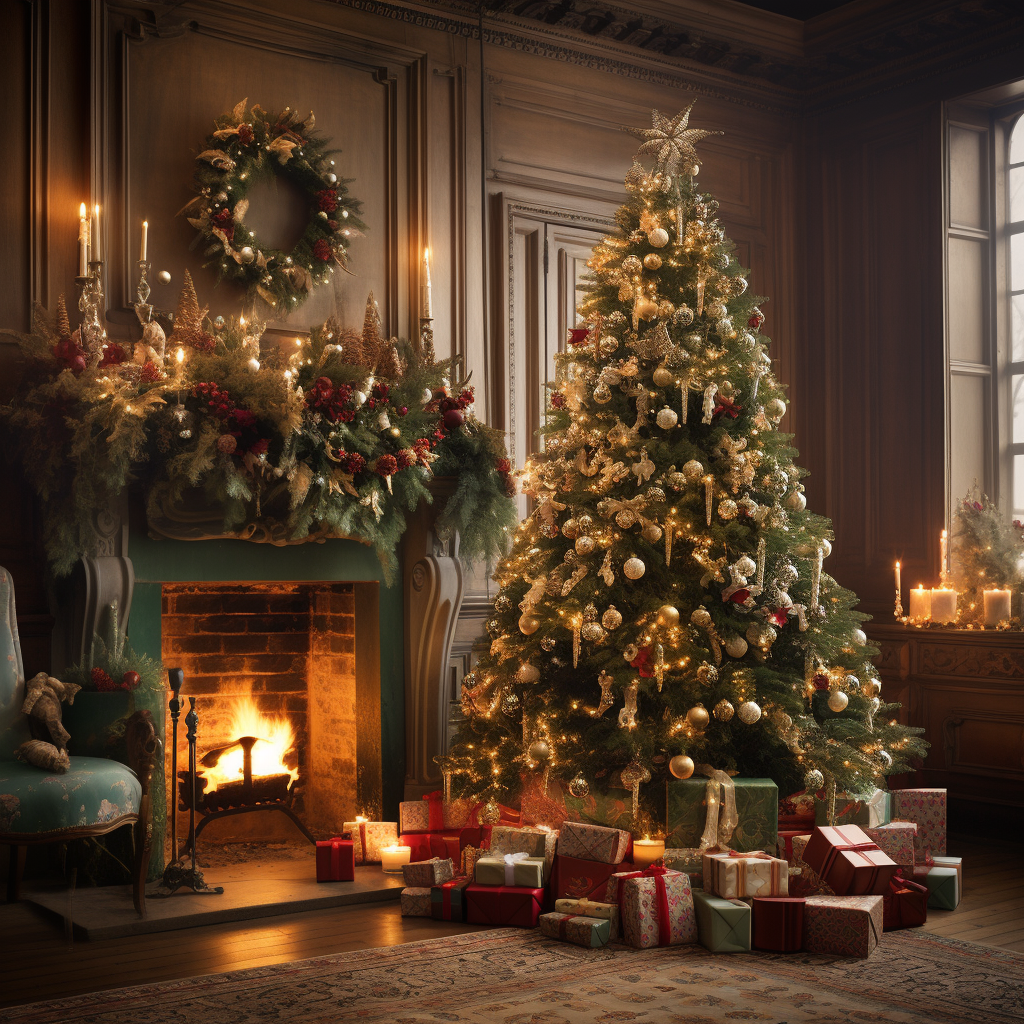
Table of Contents
Welcome to our guide on Christmas trees – a must-read for those seeking help in selecting and caring for their holiday centrepiece.
From the classic Norway Spruce to the sophisticated Nordmann Fir and slender Serbian Spruce, we look into the different types available.
Discover practical insights on pot size, needle colour, shape, retention, and scent.
Learn the art of maintaining freshness, protecting from heat sources, checking lights, preventing needle drop, and more.
Let us help you create a vibrant and beautiful holiday atmosphere for your loved ones to cherish.
Key Takeaways
- Choose the right type of Christmas tree based on factors such as scent, needle retention, and appearance.
- Proper care, such as watering and keeping the tree away from heat sources, can help maintain the tree’s freshness and reduce needle drop.
- Consider the tree’s origin and opt for locally sourced or UK-grown trees for sustainability.
- Dispose of the tree responsibly after use, either through recycling services or garden waste recycling bins.
History of The Christmas Tree
The history of the Christmas tree can be traced back to ancient civilizations when evergreen trees symbolized life and rebirth. The tradition of decorating trees for the winter season has been practised for centuries, with different cultures and regions adding their unique twists to the tradition.
The modern Christmas tree as we know it today has roots in Germany, where it became popular in the 16th century. It was during this time that people began bringing evergreen trees into their homes and decorating them with candles, fruits, and other ornaments. This tradition eventually spread to other parts of Europe and then to the United States.
The symbolism of the Christmas tree varies across different cultures. In some traditions, the evergreen tree represents eternal life, while in others it is seen as a symbol of hope and renewal. Christmas tree traditions around the world differ in terms of the decorations used and the specific customs associated with the tree.
For example, in Germany, it is common to have a Christmas tree in every home, while in other countries like Sweden, a large communal tree is erected in a central location for everyone to enjoy. It is important to consider the environmental impact of Christmas trees, as many are cut down each year for the holiday season.
However, there are sustainable options available, such as purchasing locally sourced or UK-grown trees or even opting for a living tree that can be planted after the festivities are over. Additionally, recycling or composting the tree after use can help reduce waste and benefit the environment.
Varieties of Christmas Trees
When it comes to choosing the perfect Christmas tree, there are several varieties to consider.
The Picea abies, or Norway spruce, is known for its traditional look and good scent, although it does have a quick needle drop.
The Abies Nordmanniana, or Nordmann fir, has dark green needles that are slow to drop but tend to be more expensive.
Other options include the Abies koreana, or Korean fir, with its excellent needle-holding quality, and the Abies fraseri, or Fraser fir, which has good needle retention, a pine fragrance, and a regular shape.
Picea abies (Norway spruce):
Picea abies, commonly known as Norway spruce, is a popular variety of Christmas trees.
To maintain its attractive shape, pruning techniques can be employed. Removing shoots that spoil the silhouette and eliminating strong upright branches that compete with the leading stem will help keep the tree well-maintained.
It is important to be aware of common diseases and pests that can affect the Norway spruce, such as needle cast, aphids, and spruce budworms. Regular inspection and appropriate treatment can help prevent and manage these issues.
When it comes to decorating ideas, the Norway spruce provides a classic and traditional look, with its short, bright green needles and rich coniferous fragrance.
Sustainability practices can be implemented by recycling tree trimmings. These trimmings can be repurposed for other decorations, such as wreaths or garlands, reducing waste and adding a festive touch to your home.
Abies nordmanniana (Nordmann fir)
One popular variety of Christmas trees, often chosen for their excellent needle retention and suitability for households with children and pets, is the Abies nordmanniana, also known as the Nordmann fir.
The Nordmann fir has thick, soft glossy needles that are dark green on top and blue-green on the underside. Compared to the traditional Norway spruce, the Nordmann fir has the best needle retention. It does not have a fragrance, which can be beneficial for those who are sensitive to strong scents.
When decorating a Nordmann fir, there are various ideas to consider, such as using a colour scheme that complements its dark green foliage or incorporating natural elements like pinecones and berries.
It’s important to avoid common care mistakes, such as placing the tree near heat sources or not watering it regularly.
Abies Koreana (Korean fir)
Continuing the exploration of different varieties of Christmas trees, the next one to consider is the Abies koreana, also known as the Korean fir.
Korean fir trees have unique characteristics that make them a popular choice for holiday decorations. They feature dark green, slightly curling needles with excellent needle-holding quality. This means that the needles stay on the tree for a longer period, reducing the mess and maintenance.
Additionally, Korean fir trees have a compact and symmetrical shape, making them aesthetically pleasing. When it comes to care, proper pruning techniques are essential to maintain their attractive shape. It is recommended to remove shoots that spoil the silhouette and eliminate strong upright branches that compete with the leading stem.
For those who want to plant Korean fir trees in containers, it is important to use well-draining soil and provide regular watering. During the holiday season, Korean fir trees should be kept away from heat sources to prevent moisture loss and needle drop.
Abies fraseri (Fraser fir):
Next in the exploration of different varieties of Christmas trees is the Fraser fir, scientifically known as Abies fraseri, which offers a delightful combination of good needle retention, a pleasant pine fragrance, and a regular shape. The Fraser fir is a popular choice among Christmas tree enthusiasts for its attractive characteristics.
Compared to other Christmas trees, the Fraser fir stands out with its excellent needle retention, ensuring that it remains fresh and vibrant throughout the holiday season. Additionally, its pleasant pine fragrance fills the room with a delightful scent, adding to the festive atmosphere.
The Fraser fir’s regular shape makes it easy to decorate, and its dense branches provide ample space for hanging ornaments. In comparison to other trees, the Fraser fir is a top contender for those seeking a beautiful and long-lasting Christmas tree.
| Fraser Fir Characteristics |
|---|
| Good needle retention |
| Pleasant pine fragrance |
| Regular shape |
Picea pungens Glauca group (Blue spruce)
Moving on to Picea pungens Glauca group (Blue spruce), a popular variety of Christmas tree known for its blue needles and excellent needle retention.
Blue spruce requires proper care to ensure its longevity and beauty throughout the holiday season. When it comes to pruning techniques, it is important to maintain an attractive shape by removing shoots that spoil the silhouette and eliminating strong upright branches that compete with the leading stem.
In terms of soil requirements, blue spruce thrives in well-drained soil with a pH level between 6.0 and 7.5. Watering frequency is crucial, and it is recommended to water the tree deeply but infrequently, allowing the soil to dry out slightly between waterings.
When decorating blue spruce, use lightweight ornaments to avoid weighing down the branches and ensure they are securely attached.
Following these care tips will help you enjoy a beautiful and healthy blue spruce Christmas tree.

Cut Christmas Tree Care Tips
To properly care for a cut Christmas tree, it is essential to implement effective maintenance techniques.
One of the most important aspects of cut Christmas tree care is proper watering. Watering tips for cut trees include sawing about 2.5cm (1in) off the bottom of the tree before placing it in a stand with water. It is crucial to check the water level daily and refill as needed to ensure the tree remains hydrated. By following these watering tips, cut trees can last about four weeks with proper care.
Another key aspect of cutting Christmas tree care is preventing needle drop. To minimize needle drop, adding an aspirin or using distilled water in the tree’s water supply is recommended. This is believed to help maintain the tree’s freshness and needle retention.
Additionally, using a tree skirt can not only provide a finished look but also add stability to the tree. When choosing a tree skirt, it is important to select one that complements the tree’s theme or decor and ensure it is properly secured to prevent tripping hazards.
Lastly, it is crucial to dispose of the tree in an environmentally friendly manner after Christmas. Check if your local council offers a tree recycling service or dispose of the tree in the garden waste recycling bin if available. If necessary, chop the tree into smaller pieces for proper disposal. By recycling the tree, you contribute to sustainable practices and reduce waste.
Potted Christmas Care Tree Tips
For potted Christmas tree care, it is important to provide optimal conditions to ensure the tree’s health and longevity. When selecting a potted Christmas tree, choose a species suitable for indoor growth, such as a Norway spruce, Nordmann fir, or Korean fir. These trees have good needle retention and can thrive in a container.
Indoor care tips for potted Christmas trees include displaying them in a cool room to minimize stress and damage. It is best to bring the tree indoors as late as possible, ideally the weekend before Christmas, to ensure it stays fresh throughout the holiday season. Limit the indoor display to 12 days, but monitor the tree’s condition for signs of unhappiness, such as excessive needle drop or wilting.
Repotting guidelines should be followed if the tree outgrows its current container. Use soil-based John Innes No 2 potting media for optimal growth. Pruning and shaping techniques are essential for maintaining an attractive shape. Remove shoots that spoil the silhouette and eliminate strong upright branches that compete with the leading stem.
When it comes to seasonal display ideas, consider decorating the potted Christmas tree with miniature ornaments and lights. You can also place the tree in a decorative pot or wrap the container with festive fabric. Remember to water the tree regularly and check the soil moisture to ensure it stays hydrated.
Common Problems of Trees Indoors
The common problems of trees indoors can vary depending on factors such as environmental conditions, tree species, and care practices. One of the main challenges is preventing dryness, as indoor environments tend to have low humidity levels. To maintain moisture, it is essential to water the tree daily and ensure that the water level does not drop too low.
Another issue that may arise is dealing with pests, such as aphids or spider mites. Regularly inspect the tree for any signs of infestation and take appropriate measures to eliminate the pests.
Avoiding needle drop is another concern, as it can detract from the tree’s appearance. Proper hydration and the use of water additives recommended for Christmas trees can help maintain the tree’s freshness and needle retention.
Finally, maximizing the lifespan of the tree is crucial. This can be achieved by following care practices such as keeping the tree away from heat sources, regularly checking the water level, and disposing of the tree in an environmentally friendly manner after Christmas.
In conclusion, proper care and attention are essential for maintaining the freshness and appearance of Christmas trees throughout the holiday season. By following the recommended tree care practices, such as choosing locally sourced or UK-grown trees, watering them daily, and keeping them away from heat sources, you can ensure that your tree stays vibrant and healthy.
Additionally, it’s important to debunk some common tree care myths. Contrary to popular belief, adding aspirin or using distilled water in the tree’s water supply does not prevent needle drop. Instead, proper hydration and regular watering are key to maintaining the tree’s freshness and needle retention.
When it comes to decorating your Christmas tree, there are numerous ideas to consider. You can opt for DIY tree ornaments to add a personal touch or choose tree-themed gift ideas to complement your tree’s decor. Additionally, if you’re looking for eco-friendly alternatives, consider potted trees that can be planted in the garden after Christmas or using tree trimmings for other decorations, reducing waste and adding a festive touch.
Frequently Asked Questions
Q: How Long Does It Take for a Christmas Tree to Grow to a Suitable Size for Cutting?
The time it takes for a Christmas tree to grow to a suitable size for cutting depends on several factors. Optimal conditions for Christmas tree growth include sufficient sunlight, water, and nutrient-rich soil. The growth rate of Christmas trees can be influenced by factors such as tree species, climate, and soil quality.
Determining the right time to cut a Christmas tree involves considering its size and maturity. Techniques for promoting faster growth in Christmas trees include proper pruning, fertilization, and irrigation.
Climate change can impact Christmas tree growth rates due to changes in temperature and precipitation patterns.
Q: Can I Use Tap Water to Water My Christmas Tree, or Should I Use Distilled Water?
When it comes to watering your Christmas tree, it is recommended to use distilled water rather than tap water. Distilled water is free from impurities and chemicals that can potentially harm the tree’s health and longevity.
Tap water may contain chlorine and other additives that can lead to faster drying out and needle drop. By using distilled water, you can ensure proper hydration and freshness for your tree throughout the holiday season.
Remember to regularly check the water level and replenish as needed to maintain the tree’s moisture levels.
Q: What Are Some Common Pests or Diseases That Can Affect Christmas Trees?
Common pests and diseases can affect Christmas trees, potentially damaging their health and appearance. Pests such as aphids, spider mites, and adelgids can infest trees and cause damage to the foliage. Diseases like needle cast, root rot, and canker can also weaken the tree and lead to needle loss or branch dieback.
Prevention is key, including regular inspection, proper watering, and maintaining good tree hygiene. Treatment options may include insecticidal sprays or fungicides, but it’s important to consult with a professional for appropriate recommendations.
Q: Can I Replant a Cut Christmas Tree After the Holiday Season?
Replanting a cut Christmas tree after the holiday season is possible, but success rates may vary.
To increase the chances of successful replanting, follow these care tips:
- Keep the tree in a cool, sheltered area until the ground thaws.
- Dig a hole in a location with well-drained soil and ample sunlight.
- Water the tree regularly, ensuring the roots stay moist.
Replanting offers benefits such as environmental sustainability and a chance for the tree to continue growing.
Consider local guidelines and best practices for replanting options.
Q: Are There Any Environmentally-Friendly Alternatives to Disposing of a Christmas Tree After Use?
There are several environmentally friendly alternatives to disposing of a Christmas tree after use.
One option is to compost the tree, either by chipping it into mulch or by using it as a natural additive to a compost pile.
Additionally, many local councils and recycling programs offer tree recycling services, where the trees are collected and turned into organic materials.
Another idea is to repurpose the tree by using its branches for natural decorations such as wreaths or garlands.
Lastly, purchasing trees from sustainable tree farms ensures that the trees are grown and harvested in an environmentally responsible manner.
Q: What are the most popular types of Christmas trees?
A: The most popular types of Christmas trees include the Fraser fir, Douglas fir, Balsam fir, Noble fir, Scotch pine, and White spruce.
Q: How do I choose the right Christmas tree for my home?
A: When choosing a Christmas tree, consider the size, shape, fragrance, needle retention, and strength of branches. It’s also important to consider if you want a real or artificial tree.
Q: What is the best way to look after a real Christmas tree?
A: To look after a real Christmas tree, it’s important to keep it well-watered, away from heat sources, and to regularly check for dryness and needle drop.
Q: What are some popular Christmas tree decoration ideas?
A: Popular Christmas tree decorations include lights, ornaments, ribbons, garlands, and tree toppers in various styles and colour schemes.
Q: What are the advantages of choosing an artificial Christmas tree?
A: Artificial Christmas trees are low-maintenance, reusable, and come in a variety of styles and sizes. They also don’t require watering and are generally hypoallergenic.
Q: What are some traditional Christmas tree species to consider?
A: Some traditional Christmas tree species to consider are the Norway spruce, Scotch pine, and White spruce, known for their classic Christmas tree look and fragrant scent.
Q: How can I find the best Christmas tree for my home?
A: Look for a tree with good needle retention, strong branches, and a pleasing fragrance. Consider your preferred type of tree (real vs artificial) and the size and shape that fits your space.
Q: What are the different types of real Christmas trees available?
A: Different types of real Christmas trees include the Fraser fir, Douglas fir, Balsam fir, Noble fir, and White spruce, each with unique characteristics and appearances.
Q: What are some tips for maintaining the freshness of a real Christmas tree?
A: To maintain the freshness of a real Christmas tree, keep it well-hydrated, away from heat sources, and consider using tree preservatives or anti-desiccant sprays.
Q: How can I make my artificial Christmas tree look more natural?
A: To make an artificial Christmas tree look more natural, consider adding realistic-looking ornaments, lights, and garlands, and fluffing the branches to create a fuller, more organic shape.
Final Thoughts
In our final thoughts, selecting and caring for a Christmas tree requires careful consideration and proper maintenance. By choosing the right type of tree for your home and following the necessary steps to keep it fresh, you can ensure a beautiful and festive centrepiece for your holiday celebrations.
Remember to protect the tree from heat sources, check and prepare lights, and allow the branches to settle. With these tips, you can enjoy a vibrant and long-lasting Christmas tree throughout the holiday season.
